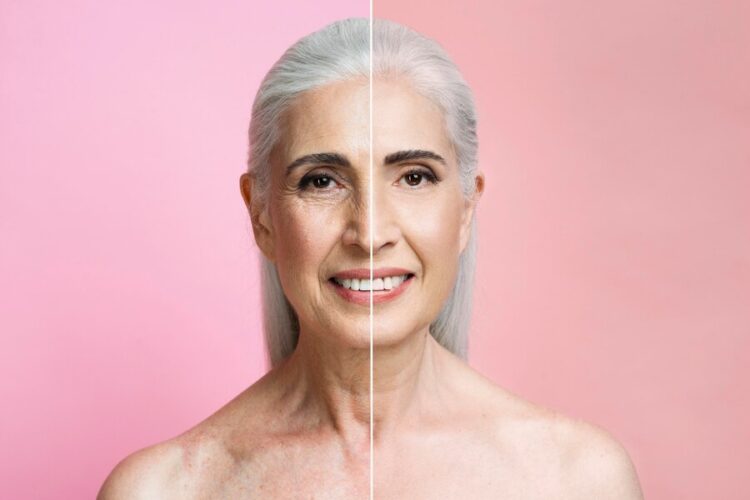How to Remove Imperfections Without Losing Image Quality
How to Remove Imperfections Without Losing Image Quality
In today’s digital era, high-quality images are essential for everything from social media posts to professional product photography. However, removing imperfections such as blemishes, wrinkles, dust spots, or unwanted objects can be tricky, especially when you want to maintain the original image quality. If not done correctly, editing can lead to pixelation, blurriness, or unnatural textures. Here’s how to perfect your images without compromising their clarity and sharpness.

1. Use Non-Destructive Editing Techniques
Non-destructive editing ensures that you don’t alter the original image permanently. This can be achieved by using layers and masks in software like Adobe Photoshop. For example, working on a duplicate layer allows you to make changes while keeping the original intact, giving you the flexibility to revert or fine-tune edits later. Additionally, adjustment layers can be used for color correction and exposure tweaks without affecting the base image.
2. Leverage Advanced Retouching Tools
Instead of relying on aggressive blurring or cloning tools, use more precise options like the Healing Brush, Patch Tool, and Frequency Separation. The Healing Brush can seamlessly blend imperfections by sampling nearby textures, while Frequency Separation helps in retaining texture details when softening skin or removing unwanted marks. The Clone Stamp tool, when used subtly, is also effective for recreating missing details without making the edits too obvious.
3. Maintain Natural Textures
One common mistake in image editing is over-smoothing, which results in unrealistic skin or surfaces. To avoid this, use a lower opacity brush when retouching and zoom in to work on small areas. Also, adjusting layer blending modes can help retain the natural texture of the image. Paying attention to fine details such as pores, fabric grain, or hair strands can ensure that the image does not look overly airbrushed or artificial.
4. Optimize Noise Reduction and Sharpening
Removing imperfections can sometimes introduce noise or soften the image. To counteract this, apply selective sharpening techniques. Use the Unsharp Mask or High Pass Filter to enhance details without creating a harsh or artificial look. Noise reduction tools should be used sparingly to prevent an overly smooth or plastic-like effect. A balance between noise reduction and sharpening ensures that images remain crisp while looking natural.
5. Work in the Right Color Space and Resolution
To prevent loss of quality, always edit images in high resolution and the correct color space. Working with RAW files instead of compressed JPEGs provides more flexibility in editing without sacrificing detail. When exporting, choosing the correct format (such as TIFF for high-quality prints or PNG for web use) can help maintain image integrity. Moreover, avoid excessive compression as it can lead to unwanted artifacts and loss of detail.
6. Smart Object and AI-Assisted Editing
Modern image editing software now includes AI-powered tools that make it easier to remove imperfections without degrading image quality. Features like Adobe Photoshop’s Content-Aware Fill or AI-based retouching plugins can automate and refine the process with high precision. Converting layers into Smart Objects also allows for non-destructive transformations and adjustments, helping retain image fidelity even after multiple edits.
How Outline Media Solutions Can Help
At Outline Media Solutions, we specialize in high-quality image editing services, including background removal, retouching, Digital Illustration, Raster to Vector Creation. Whether you need precise blemish removal, detailed retouching, or seamless object removal, our expert team ensures that your images maintain their clarity and natural appeal. Using advanced editing tools and professional techniques, we enhance your visuals while preserving their original quality, making them ready for any professional or commercial use. We understand the importance of high-resolution imagery in various industries, from e-commerce to advertising, and we tailor our services to meet the highest standards.

Conclusion
Removing imperfections without losing image quality requires skill, precision, and the right tools. By following non-destructive editing techniques, leveraging advanced retouching tools, and maintaining natural textures, you can enhance your images effectively. Additionally, utilizing AI-assisted editing and working in the correct resolution and color space can further ensure high-quality results. If you’re looking for expert-level image editing, Outline Media Solutions is here to help, delivering flawless results without compromising on quality.

